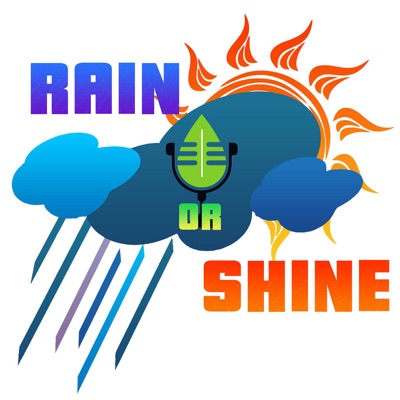
Come Rain or Shine
Author: USDA Southwest Climate Hub & DOI Southwest Climate Adaptation Science Center
Subscribed: 7Played: 33Description
Sorry we missed you! The Come Rain or Shine podcast will be on hiatus for awhile. Keep an eye out here and on our social media for updates
https://www.linkedin.com/in/come-rain-or-shine-podcast-23a81a270/
Thank you for listening!
Collaborative product of the USDA Southwest Climate Hub and the DOI Southwest Climate Adaptation Science Center. We highlight stories to share the most recent advances in climate science, weather and climate adaptation, and innovative practices to support resilient landscapes and communities. We believe that sharing forward thinking and creative climate science and adaptation will strengthen our collective ability to respond to even the most challenging impacts of climate change in one of the hottest and driest regions of the world.
Sign up for email alerts and never miss an episode: https://forms.gle/7zkjrjghEBLrGf8Z9. Funding for the podcast comes from the U.S. Geological Survey, the U.S. Department of Agriculture Agricultural Research Service, and the National Institute of Food and Agriculture funded Sustainable Southwest Beef Project.










